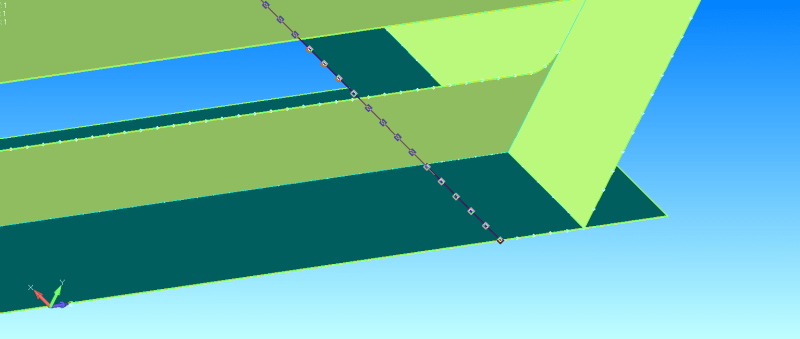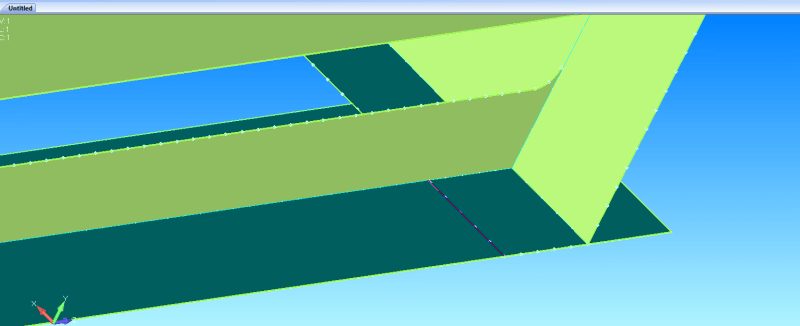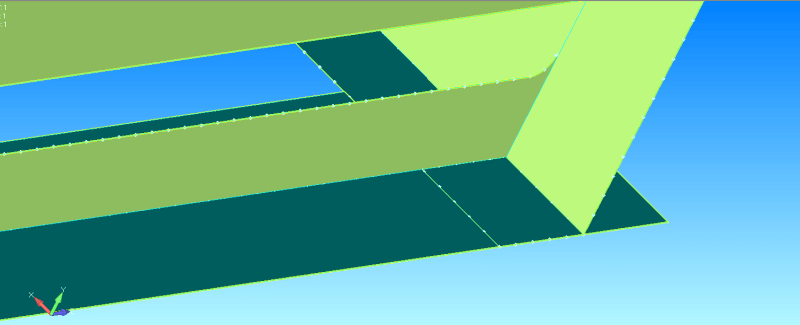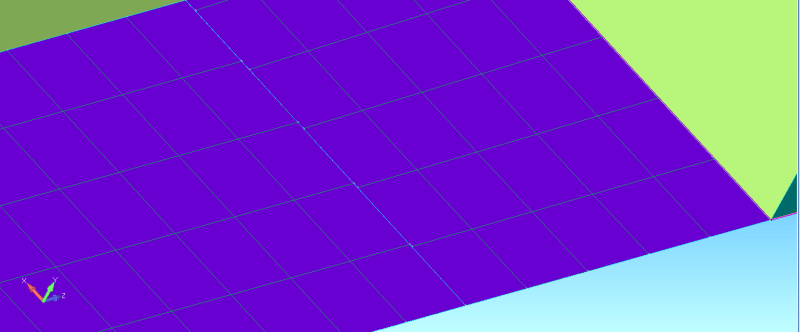Ok, does anybody have any idea why my mesh is separating? all the surfaces were joined using a non-manifold add and the meshes seem to line up, but the plates are separating during analysis. What should I check for?
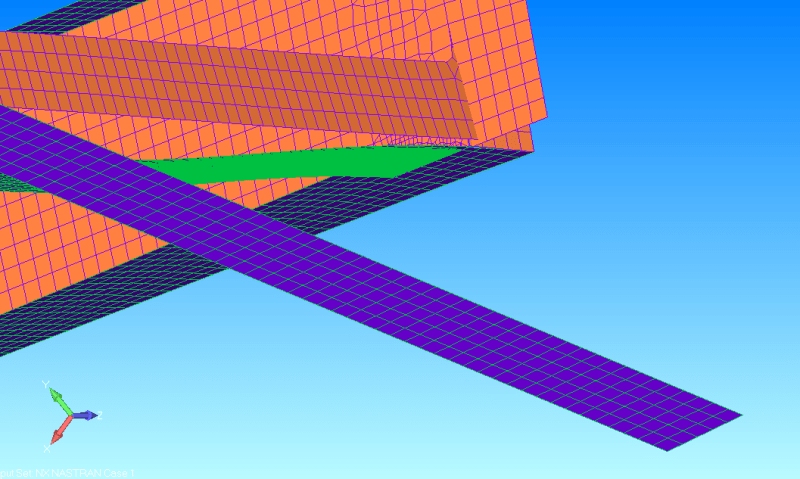
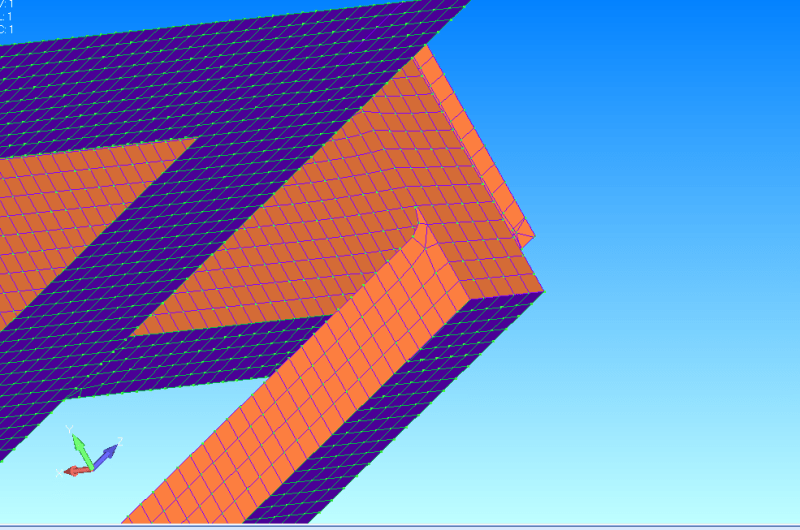
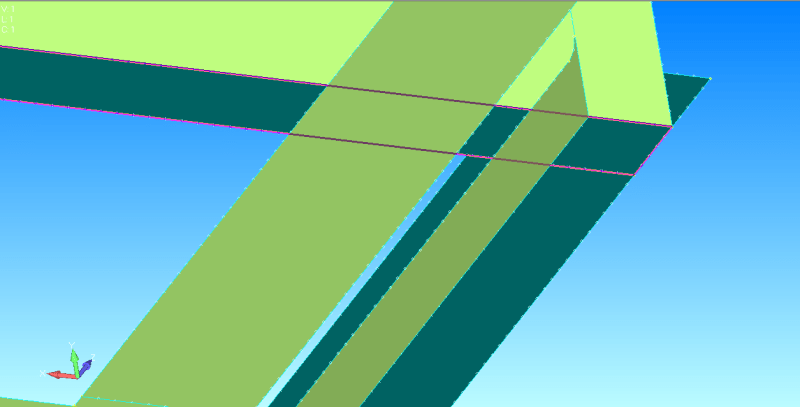
also, is there a command for deleting all orphaned nodes in a model in FEMAP?



also, is there a command for deleting all orphaned nodes in a model in FEMAP?

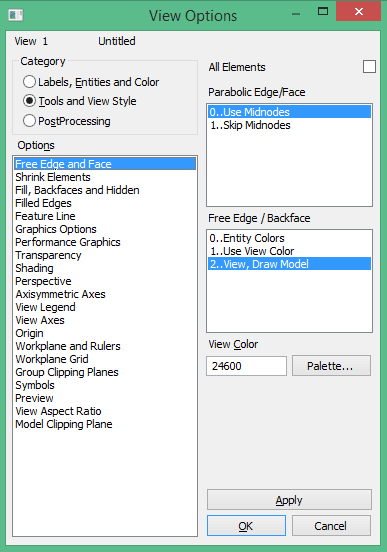
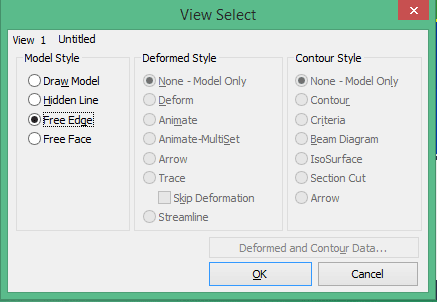
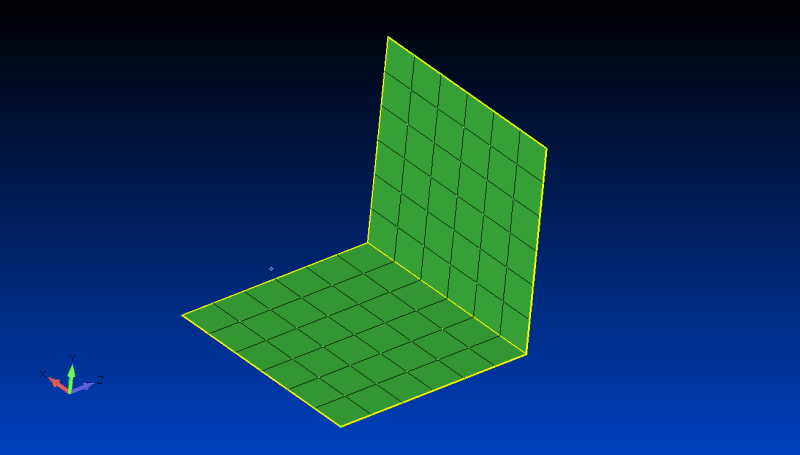
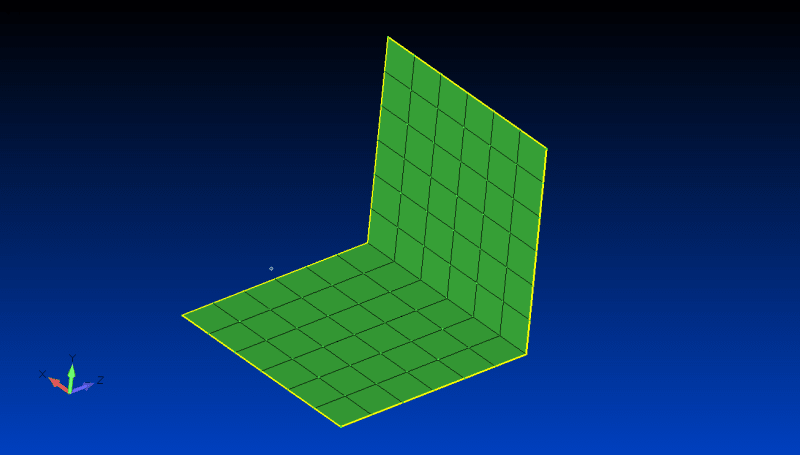
![[smile] [smile] [smile]](/data/assets/smilies/smile.gif) .
.